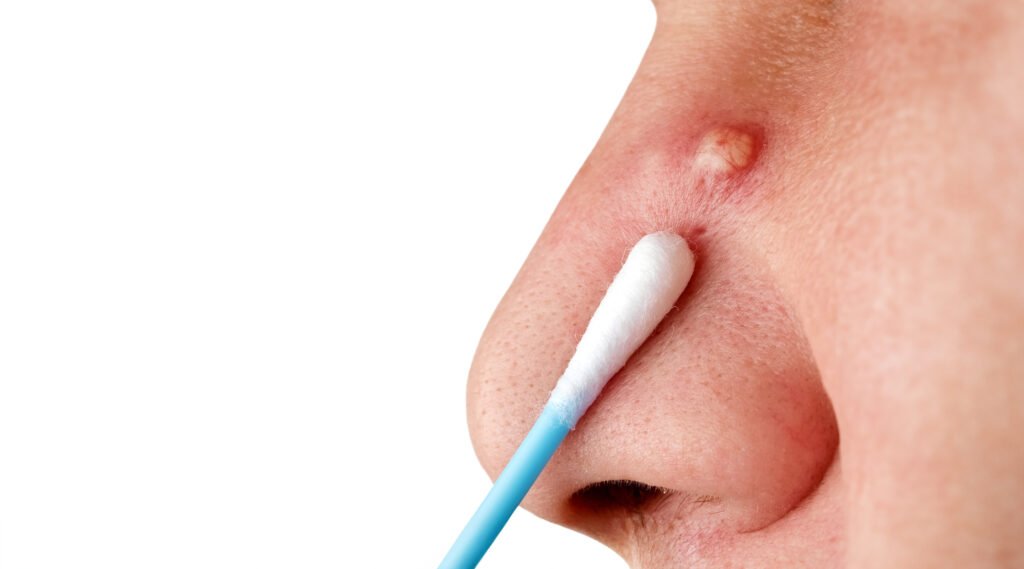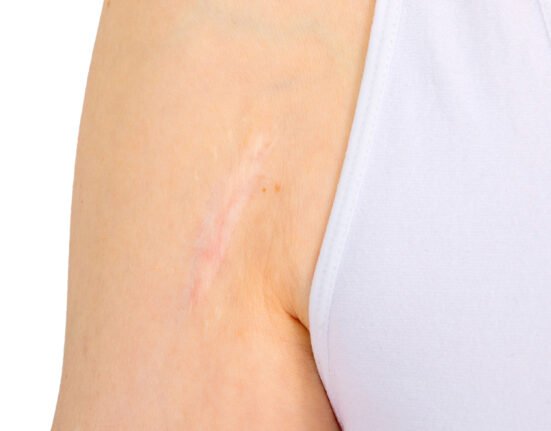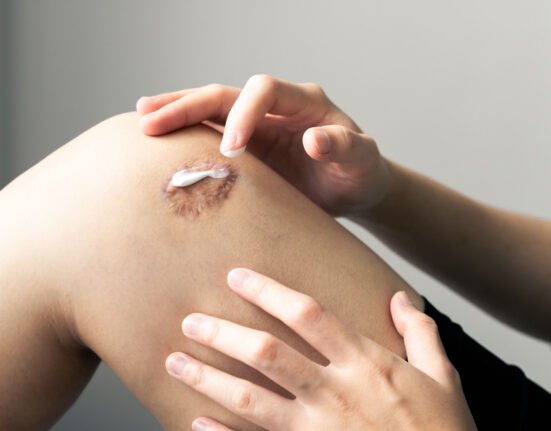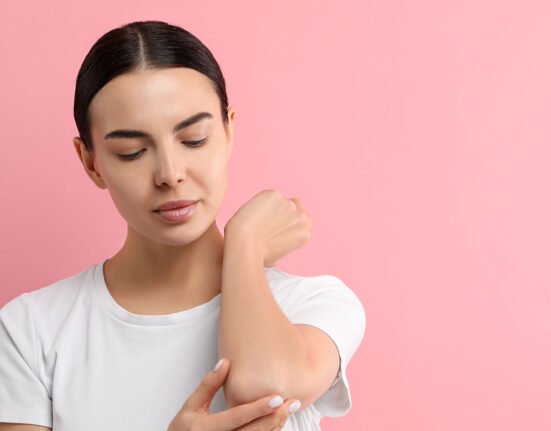A boil is a painful, pus-filled bump that forms under the skin due to a bacterial infection in a hair follicle.
At first, a boil appears as a red or purplish lump that hurts when touched. Within four to seven days, it softens and fills with pus, causing more intense pain.
Eventually, the boil may burst and release fluid, leaving an open sore that can easily get reinfected if not properly cared for.
Boils most commonly appear on the face, neck, armpits, shoulders, thighs, and buttocks. When they develop on the eyelid, the condition is called a stye. In some cases, multiple boils can appear in different areas at the same time.
What Causes Boils?
The most common cause of boils is infection by Staphylococcus aureus bacteria. These bacteria normally live on the skin or inside the nose without causing harm.
However, if they enter a hair follicle or a small skin wound, they can trigger inflammation and form pus-filled lumps.
Other risk factors include poor skin hygiene, a weakened immune system, and medical conditions such as diabetes.
Who Is at Risk?
Anyone can develop boils, but the risk increases if you:
- have close contact with someone who is infected,
- have acne, eczema, or other skin conditions that break the skin barrier,
- live with diabetes,
- or have a weakened immune system.
Symptoms of a Boil

Boils can develop anywhere, but are more common in areas with hair, frequent sweating, or friction, such as the face, back of the neck, armpits, thighs, and buttocks.
Common signs and symptoms include:
- a painful red lump that starts small and grows larger (sometimes over 5 cm),
- swelling and redness or a purplish color around the lump,
- pus-filled swelling that gets fuller over time,
- a white or yellow tip that eventually bursts and drains.
How to Treat a Boil at Home
Several simple steps can help a boil mature and heal faster:
- Apply warm compresses for 10–20 minutes, 3–4 times a day, to encourage drainage.
- Cover a burst boil with sterile gauze to prevent the infection from spreading.
- Wash your hands after touching a boil.
- Avoid squeezing or scratching it, as this can worsen the infection.
If a boil has already burst, clean the area with wund+™ Wound Spray to keep it sterile and lower the risk of reinfection.
After that, apply wund+™ Regeneration Cream to support skin regeneration so the wound heals faster and with less scarring.
Preventing Future Boils
Preventing boils isn’t always easy, especially if your immune system is weak. However, these steps may help:
- Wash your hands regularly with soap or alcohol-based sanitizer.
- Cover small cuts with sterile bandages until healed.
- Avoid sharing personal items such as towels, bed linens, razors, or clothing.
- Wash towels and bedding in hot water with detergent (and bleach if there’s an infection).
Stages of Boil Healing
- A small red bump appears.
- A pus-filled head develops.
- The boil bursts and drains.
- The wound closes and begins healing.
- A scar may remain where the boil was.
If a boil doesn’t heal on its own, a doctor may need to perform a drainage procedure.
Don’t let boils interfere with your daily activities. Clean the wound with wund+™ Wound Spray, then support skin healing with wund+™ Regeneration Cream. With the right care, boils can heal faster, and the risk of scarring can be reduced.
References
Mayo Clinic. Accessed in 2025. Boils and Carbuncles.
Cleveland Clinic. Accessed in 2025. Boils & Carbuncles.
WebMD. Accessed in 2025. Slideshow: A Visual Guide to Boils.














Leave feedback about this